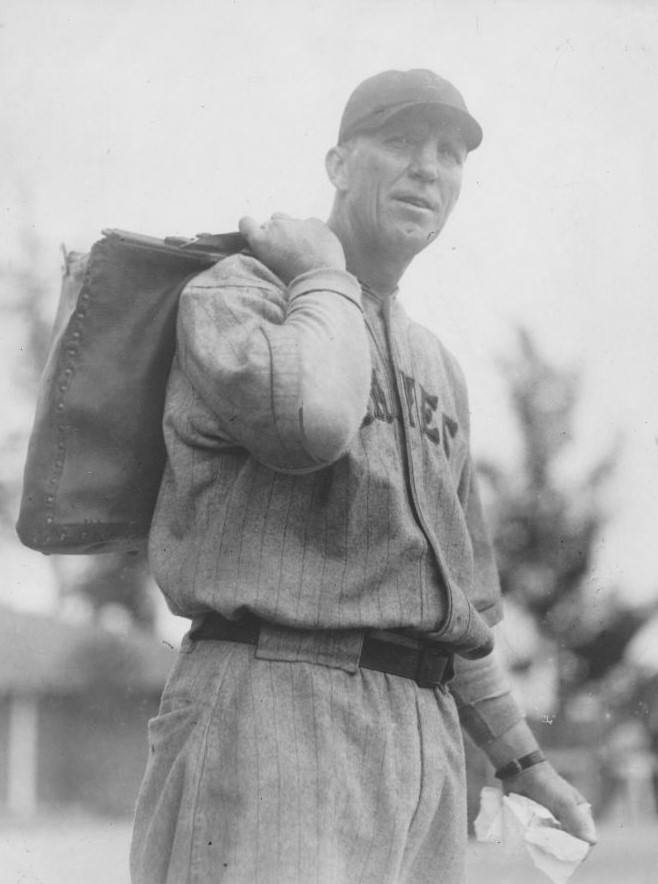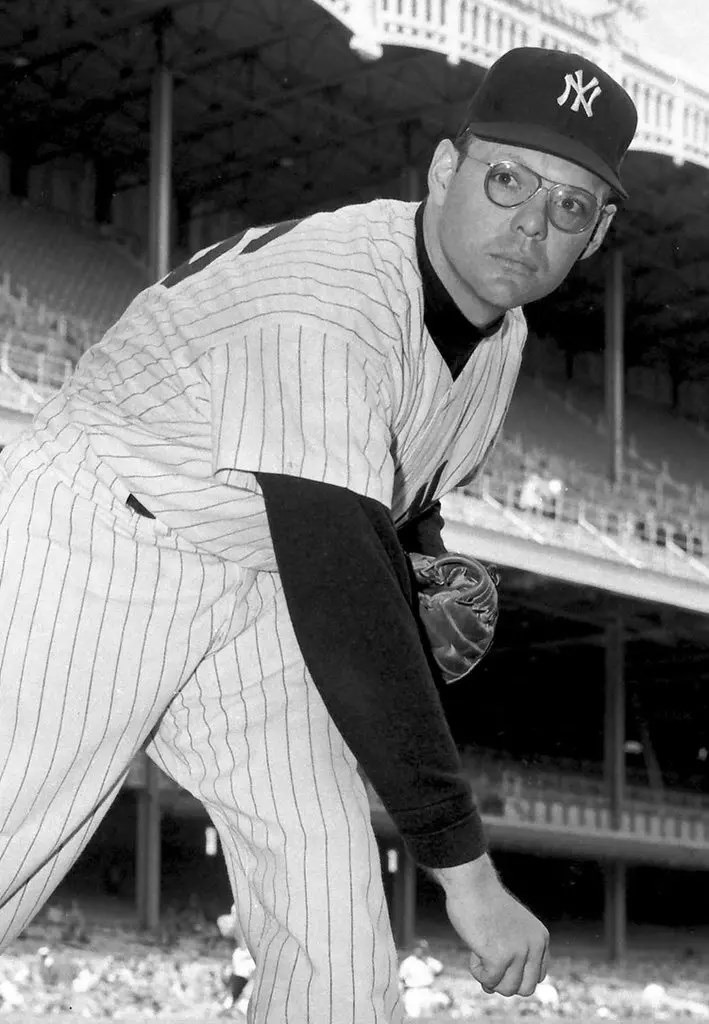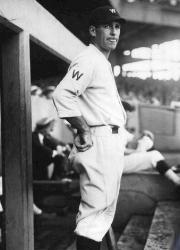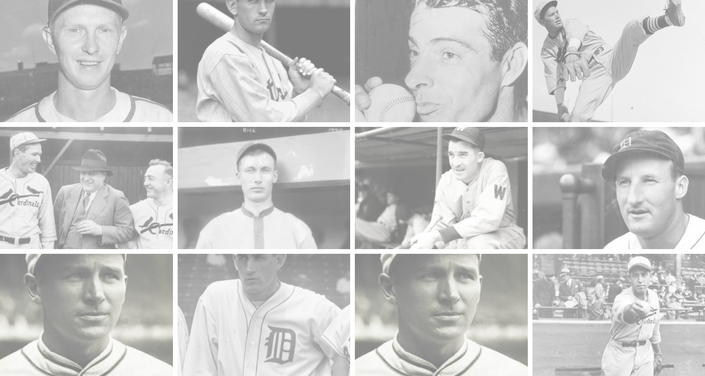1929 – At Wrigley Field before 45,000, the Cubs top the Cardinals, 4 – 0, with Guy Bush winning over Willie Mitchell. Rogers Hornsby is 4 for 4 with two doubles, but he will go 1 for 13 in his next three games.
1929 – At Wrigley Field before 45,000, the Cubs top the Cardinals, 4 – 0, with Guy Bush winning over Willie Mitchell. Rogers Hornsby is 4 for 4 with two doubles, but he will go 1 for 13 in his next three games.






